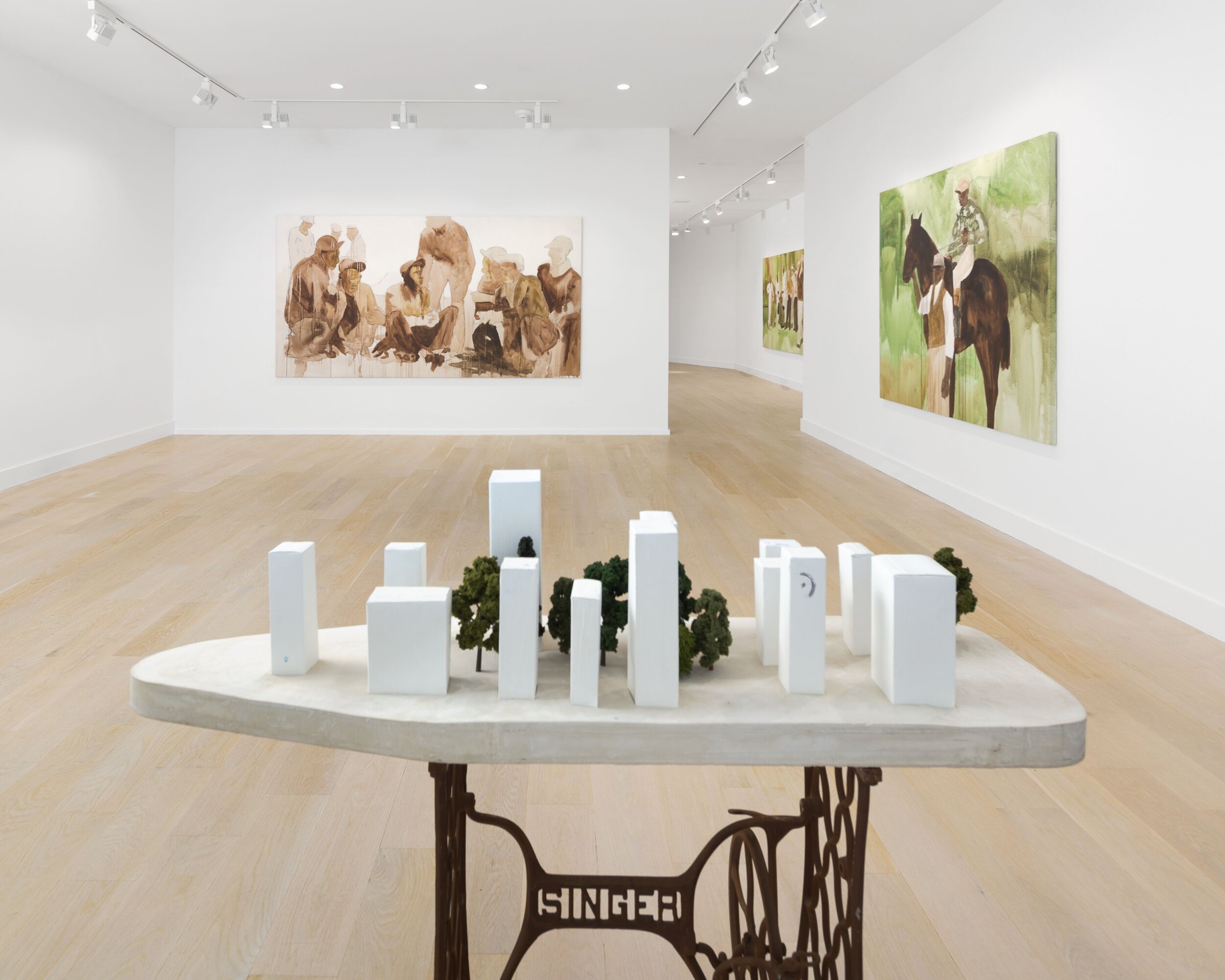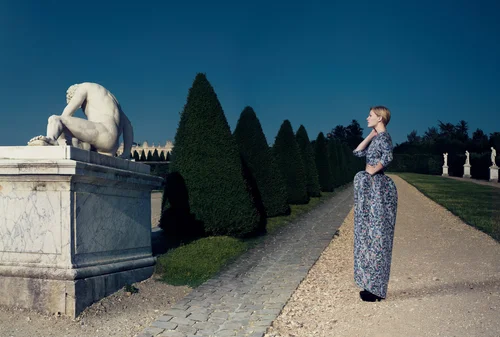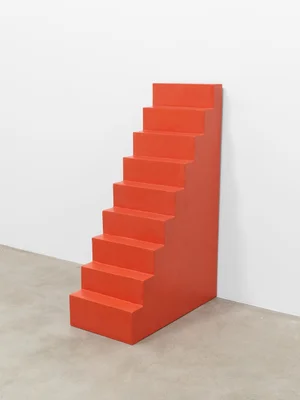Henry Taylor Disappeared, but a tiger showed up, later
This exhibition was captured in real time using 3D scanning to produce an Interactive 3D Virtual Tour, allowing audiences to explore the space online.
Learn more about our 3D Virtual ToursHauser & Wirth Southampton
9 Main St, Southampton, NY 11968
1 July 2021 – 1 August 2021
This summer, Los Angeles-based artist Henry Taylor will present a focused selection of recent paintings and sculptures at Hauser & Wirth Southampton. The exhibition includes a group of rarely seen works known as the Jockeys and Caddies, which Taylor began in 2018, based on archival photography of country clubs and horse races dating back to the 1920s. Together, these poignant paintings narrate the history of Black jockeys, caddies, and professional golfers, who navigated these predominantly whit...
Related Links
Image Gallery
Image captions available in lightbox view


